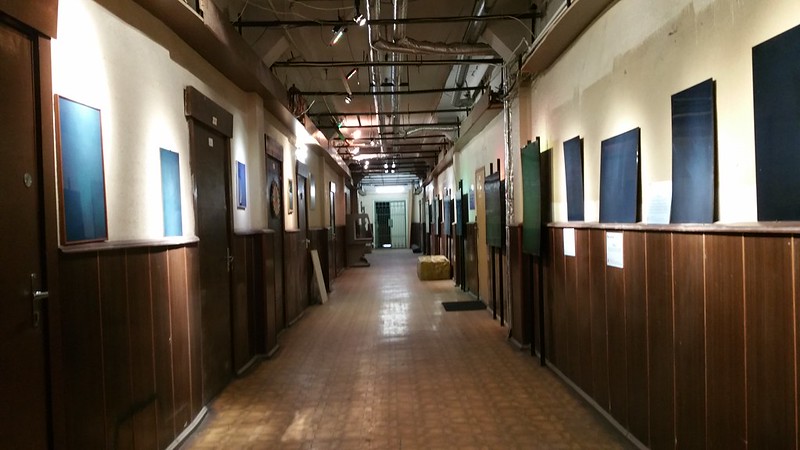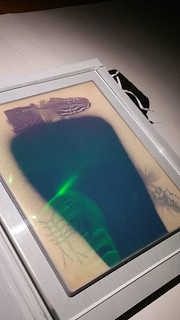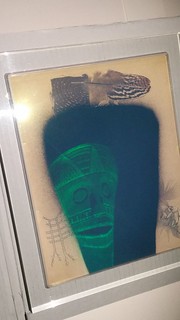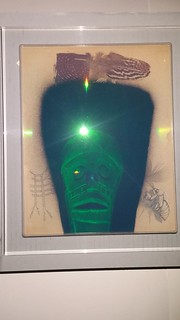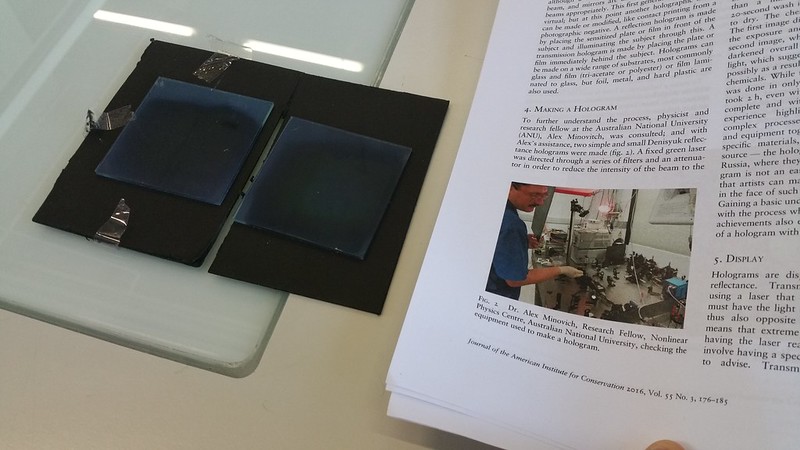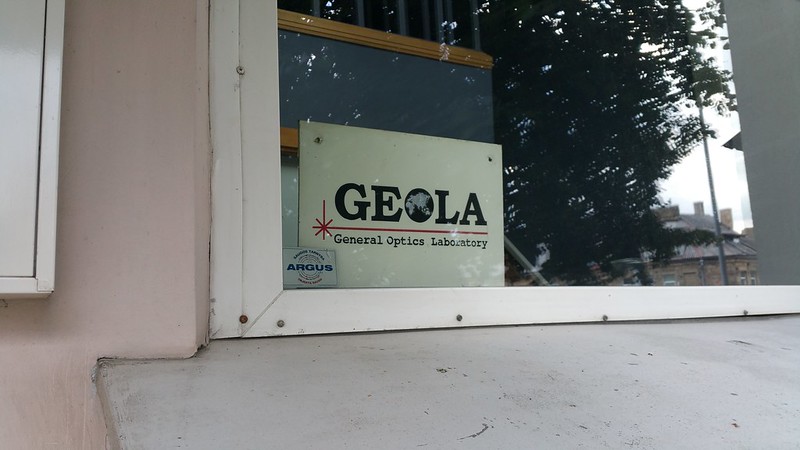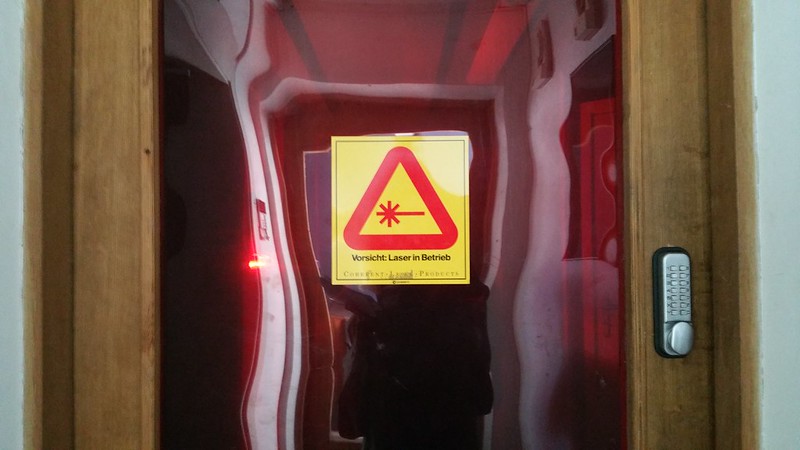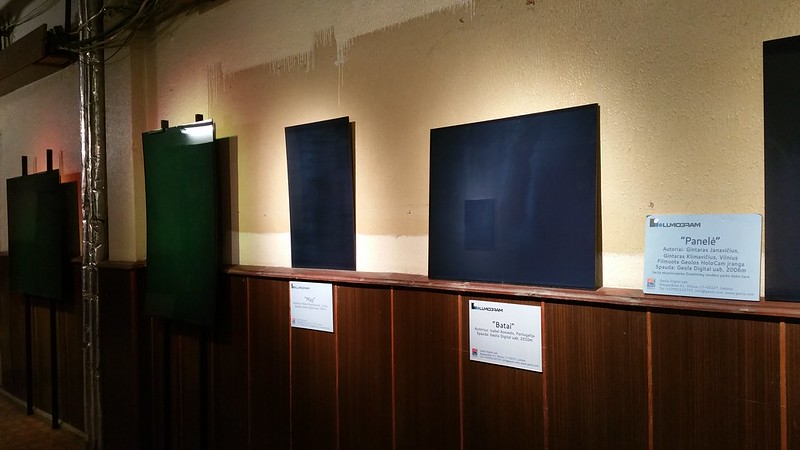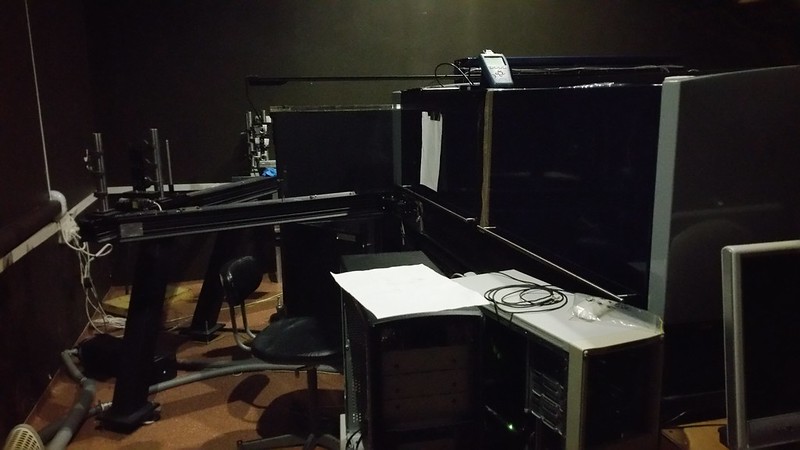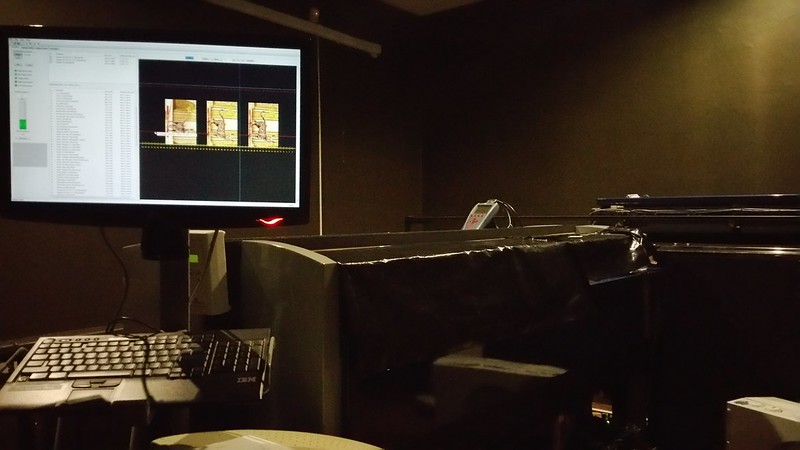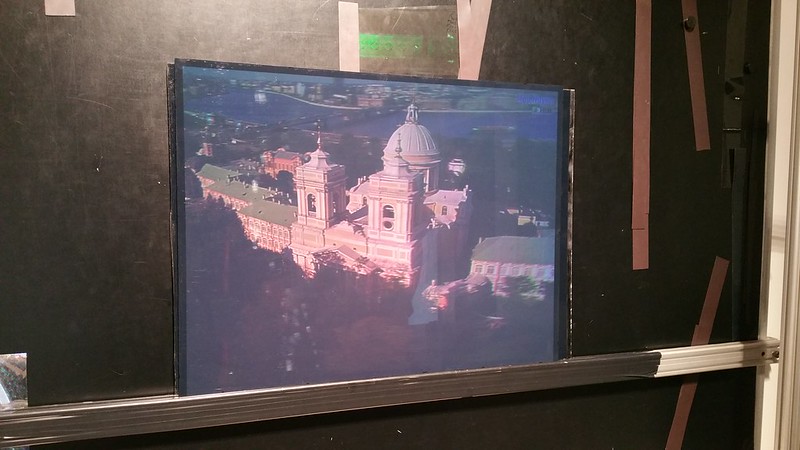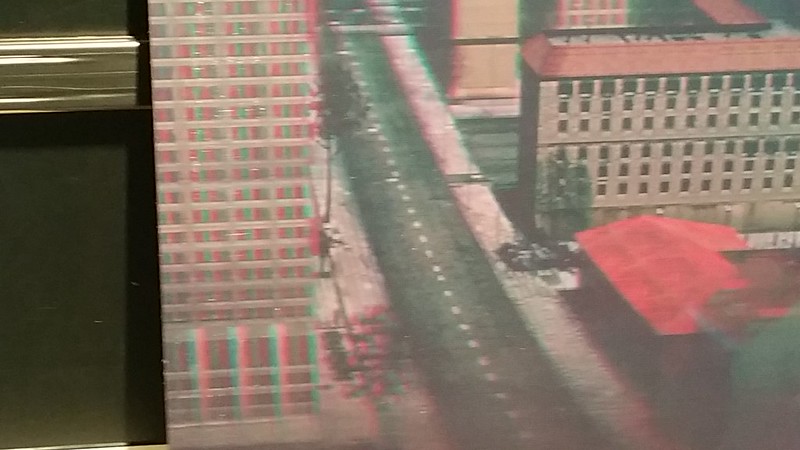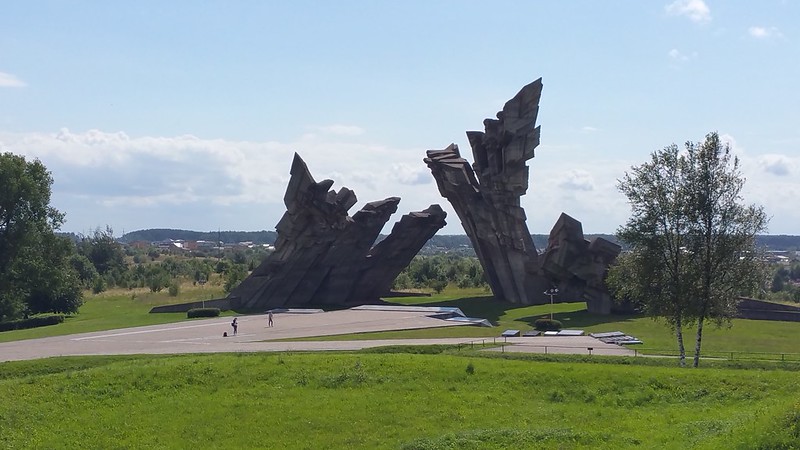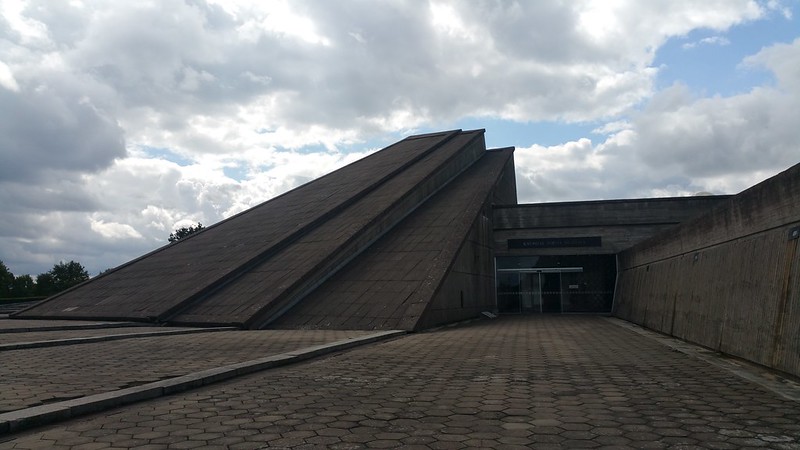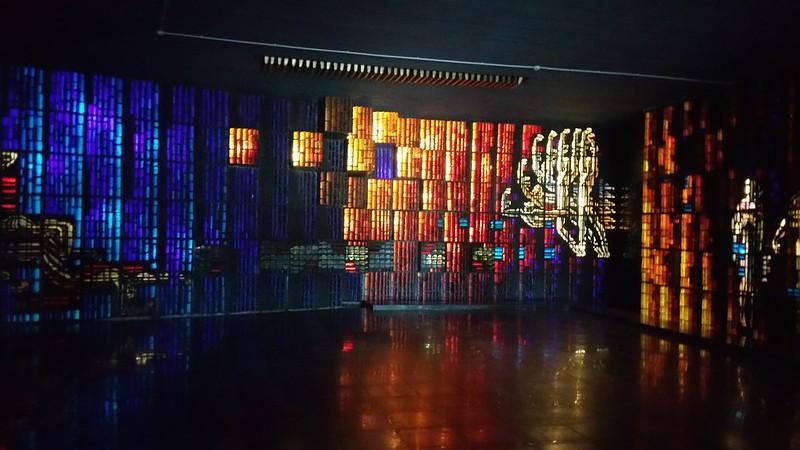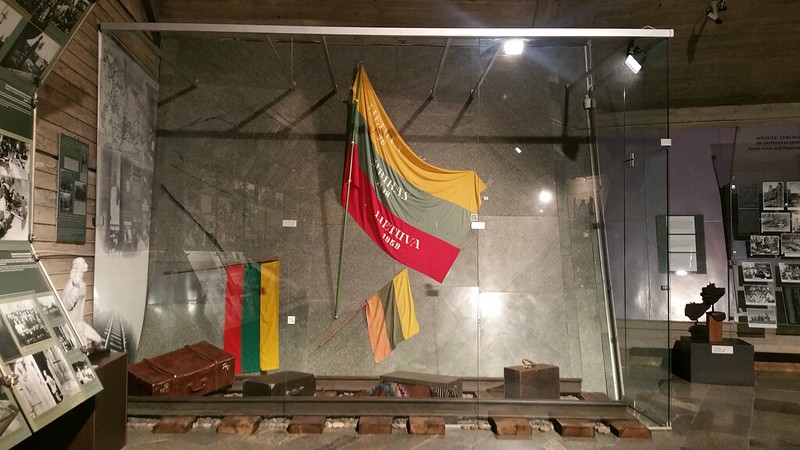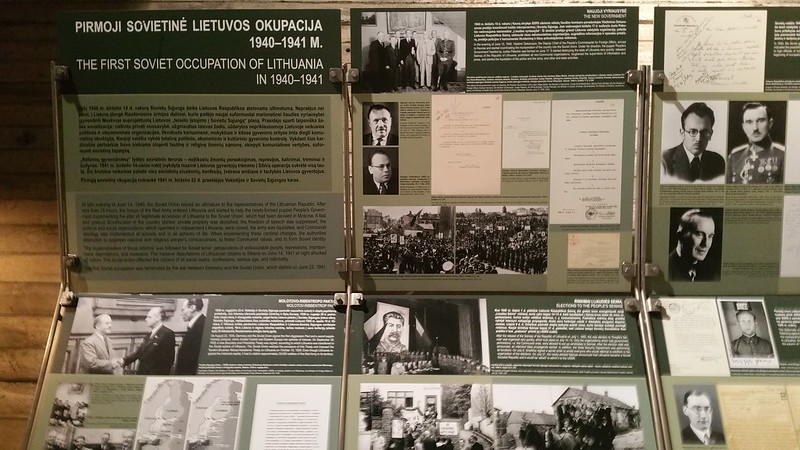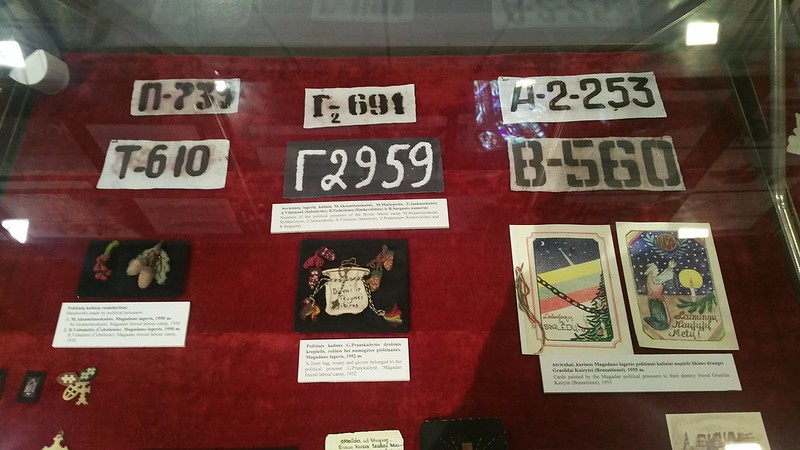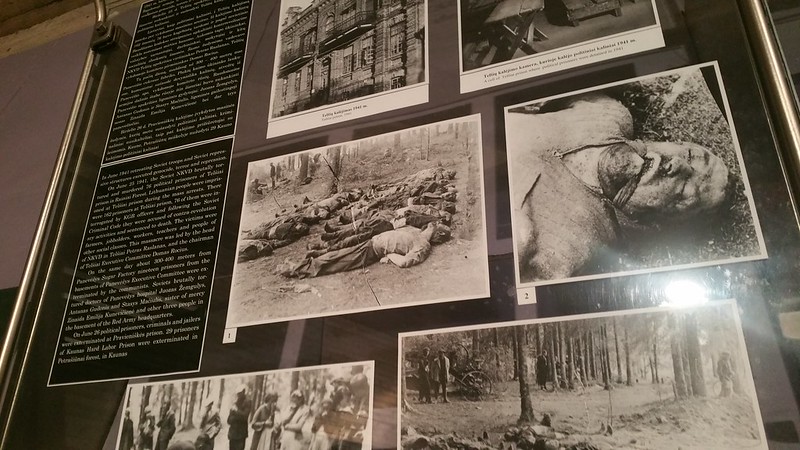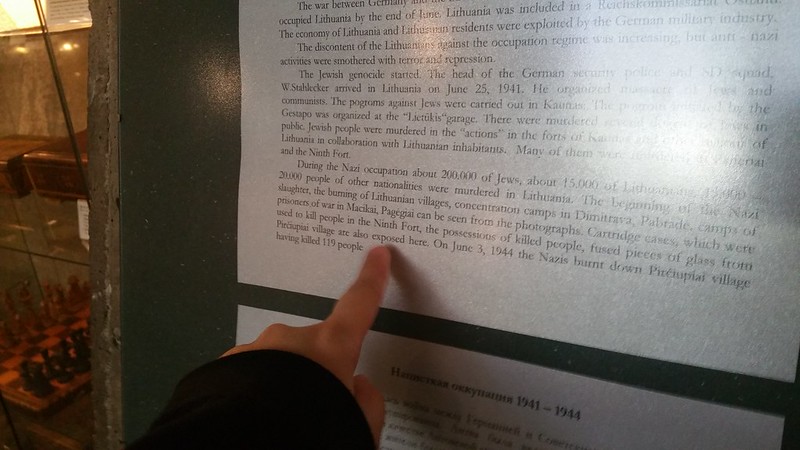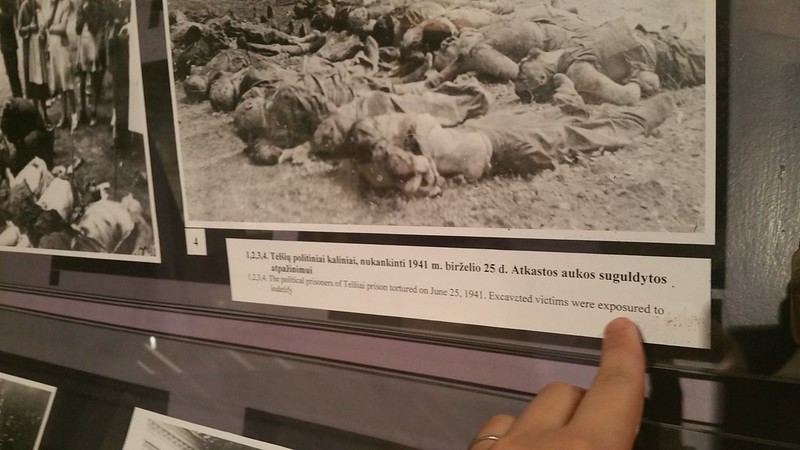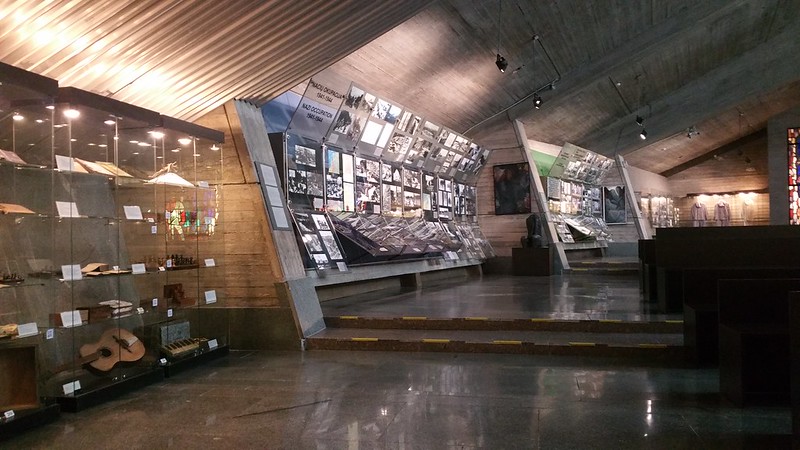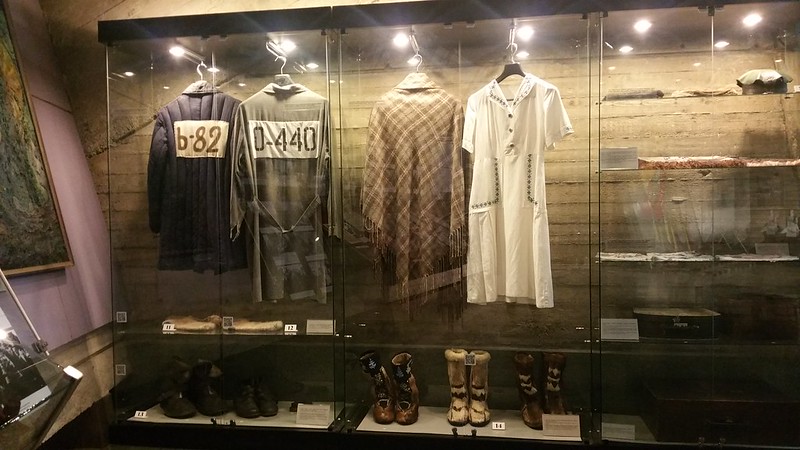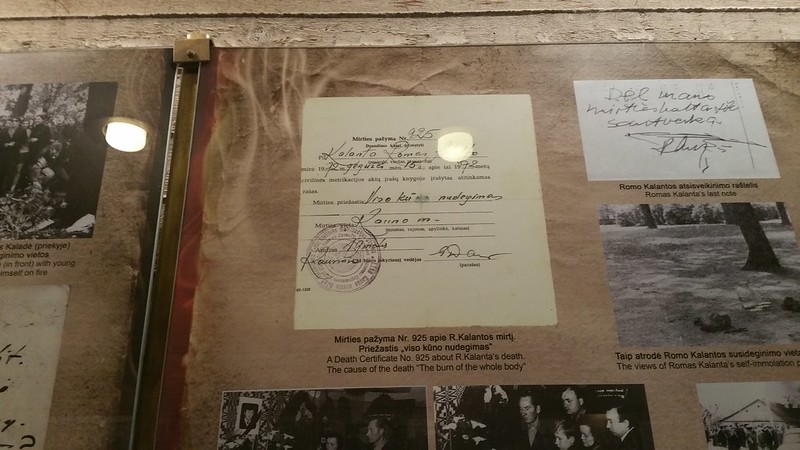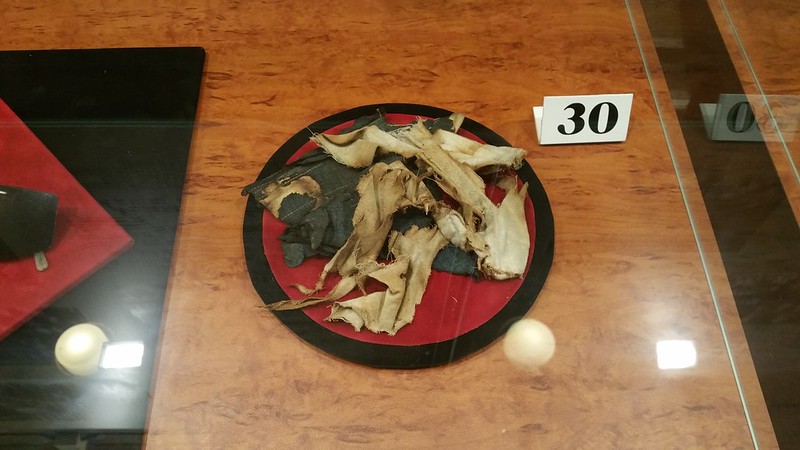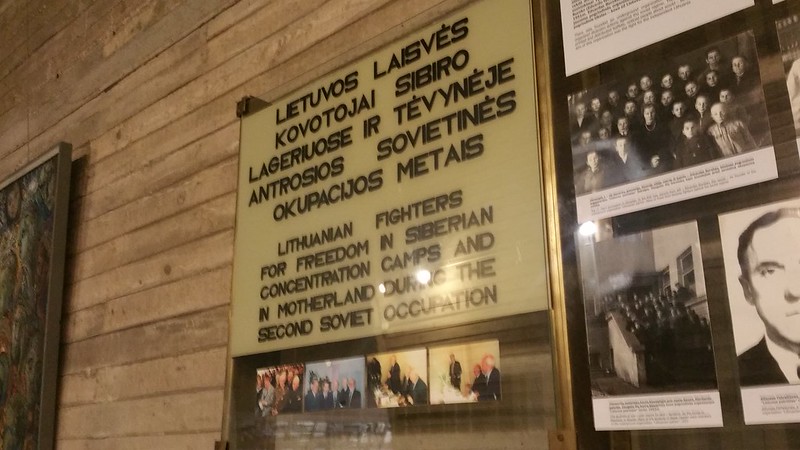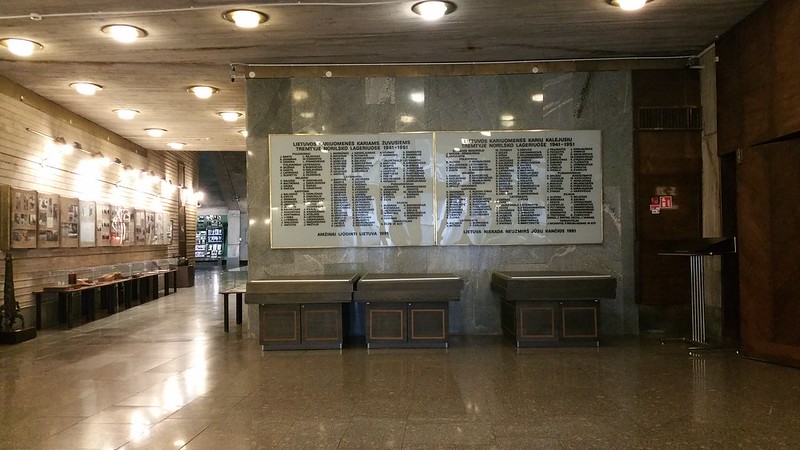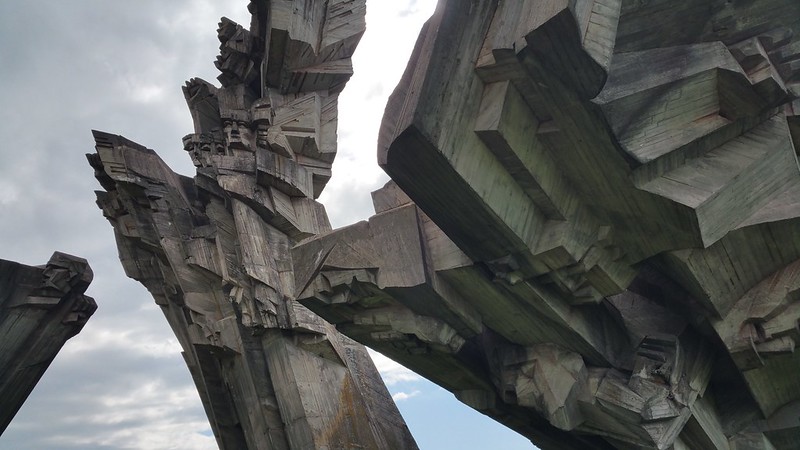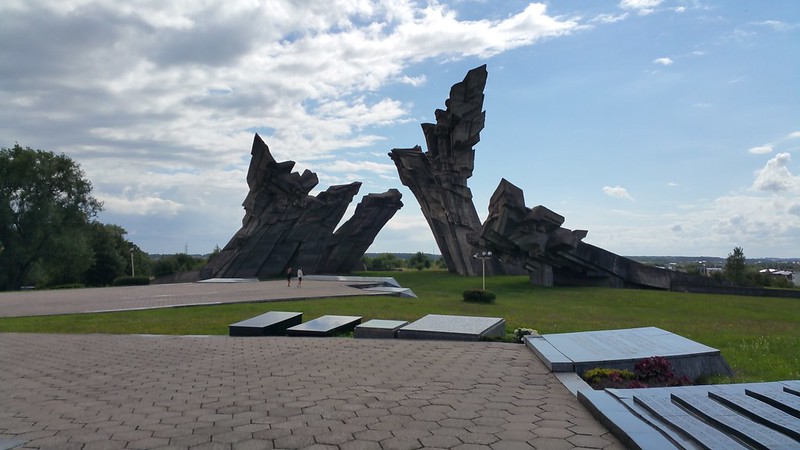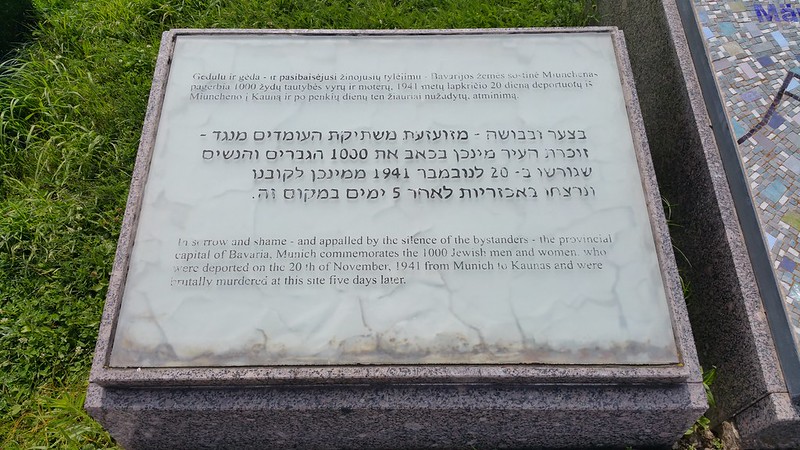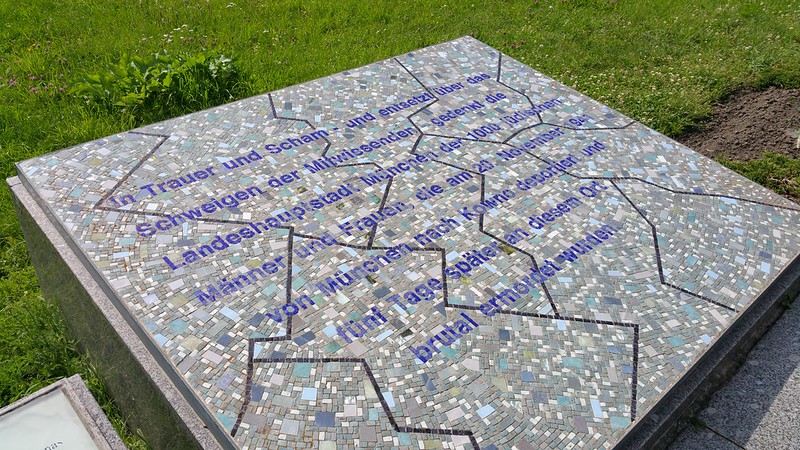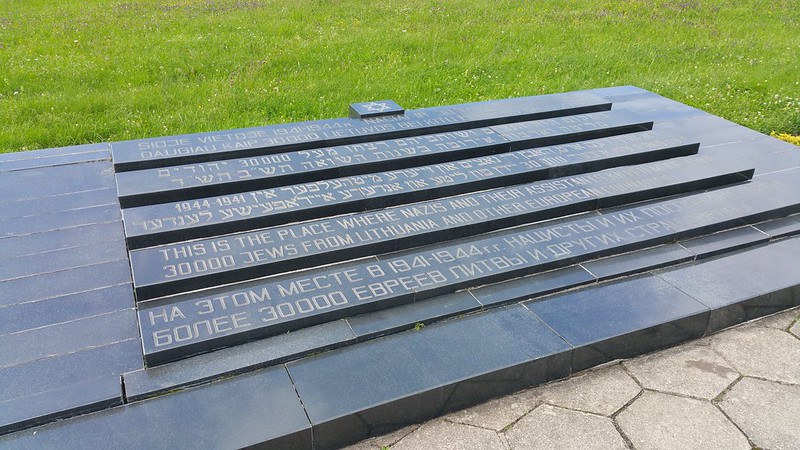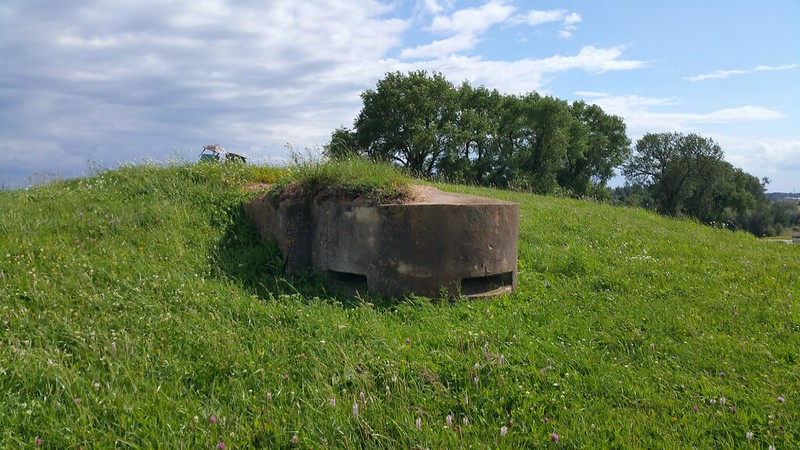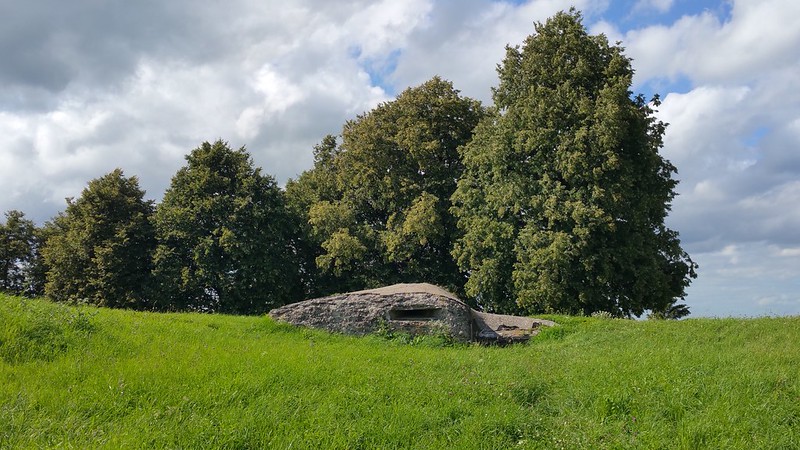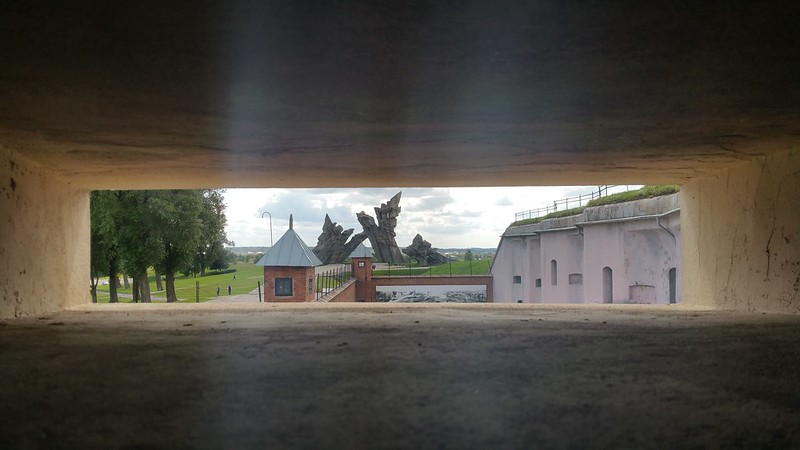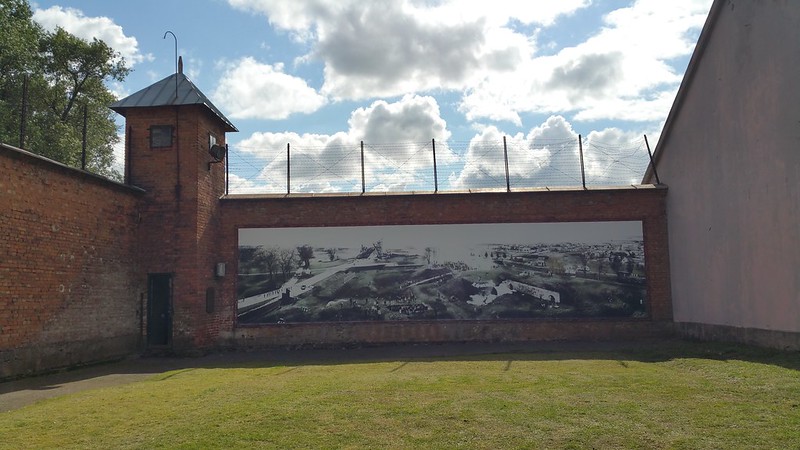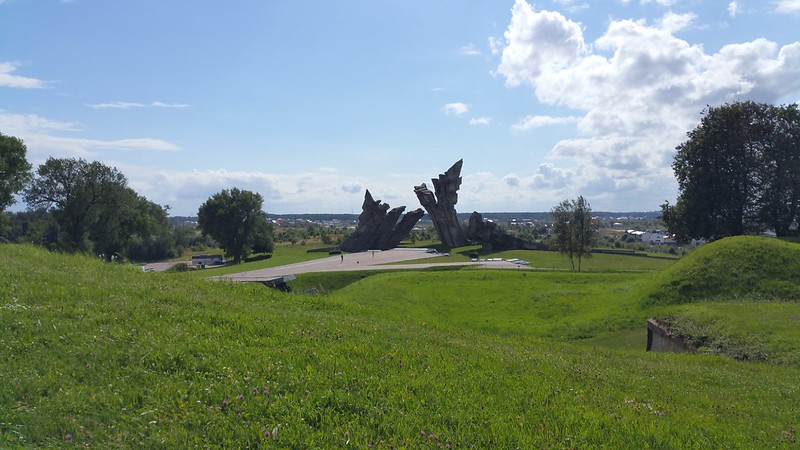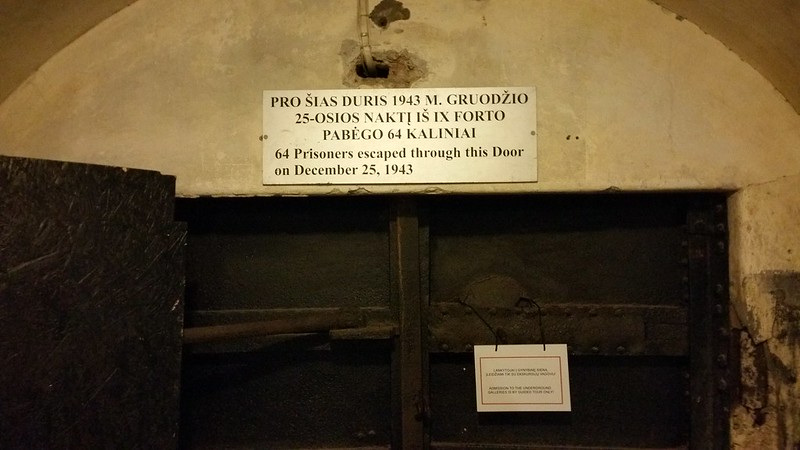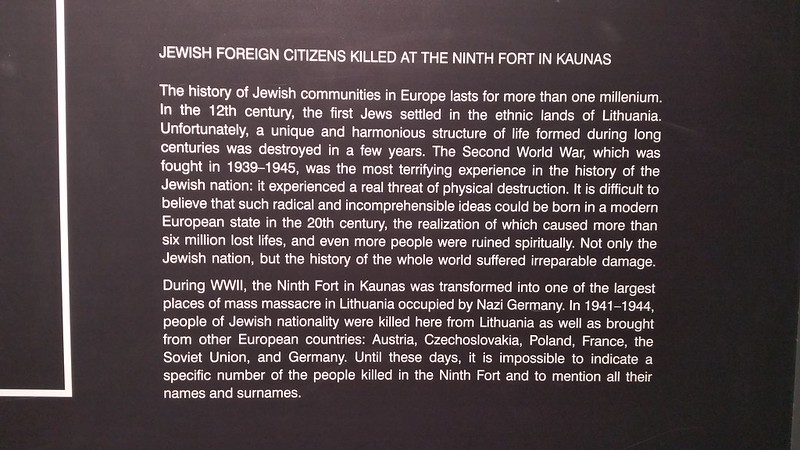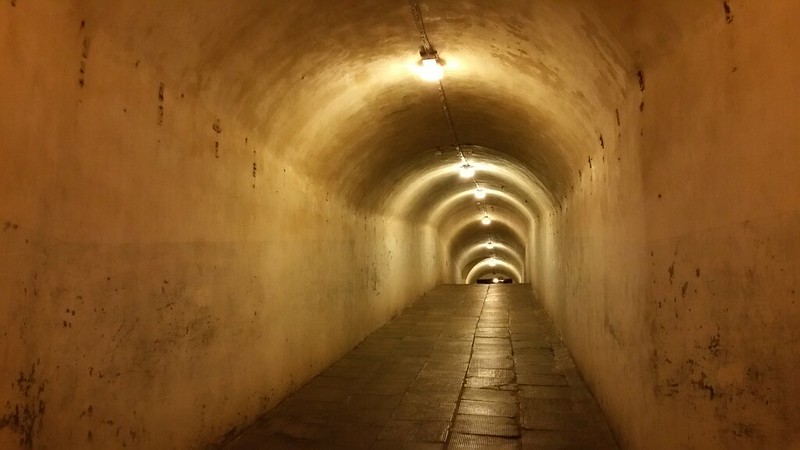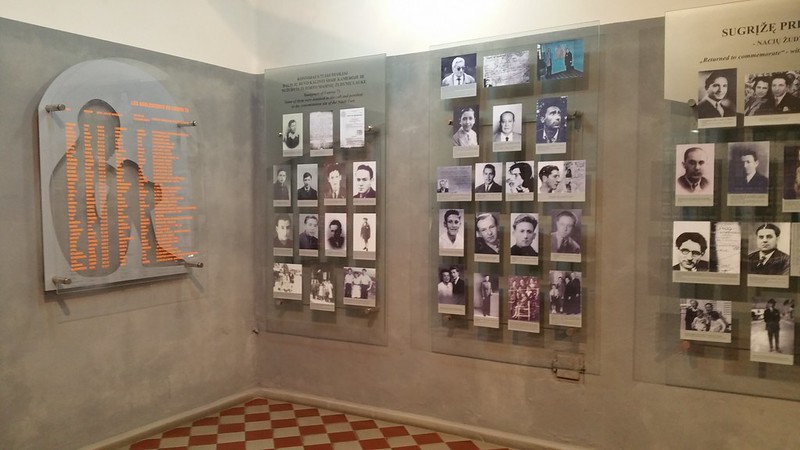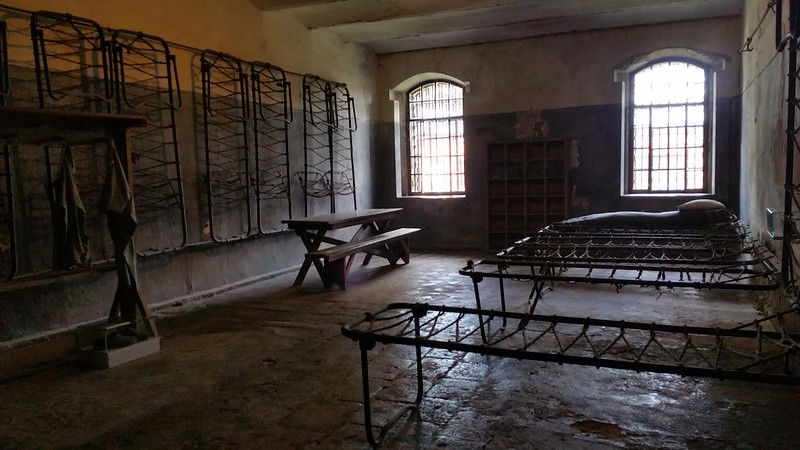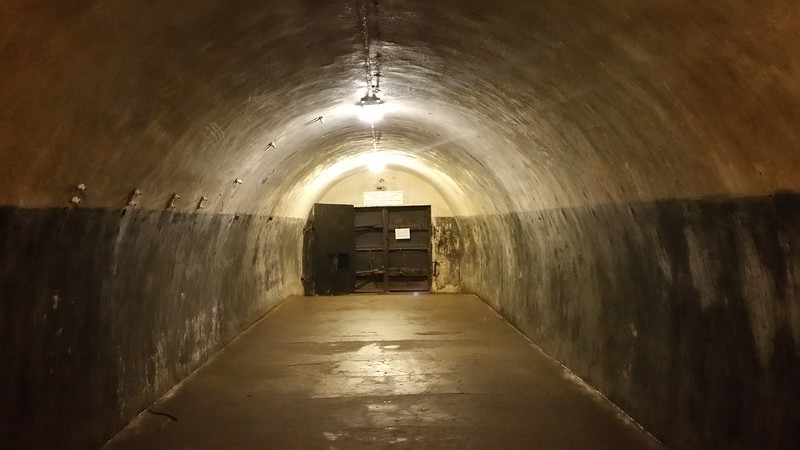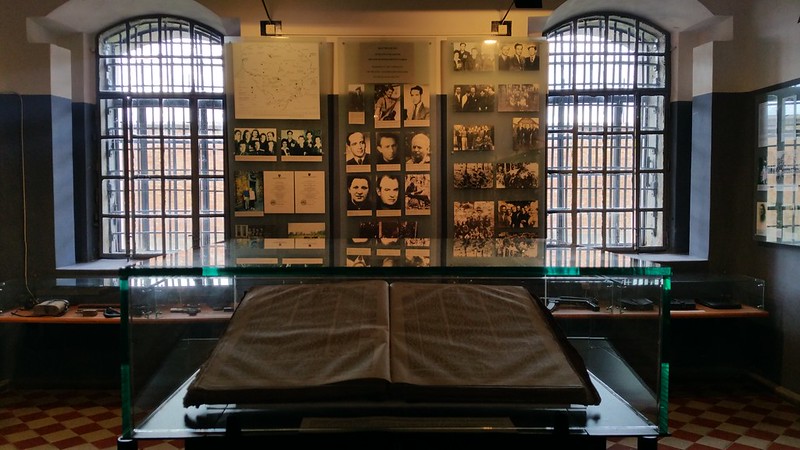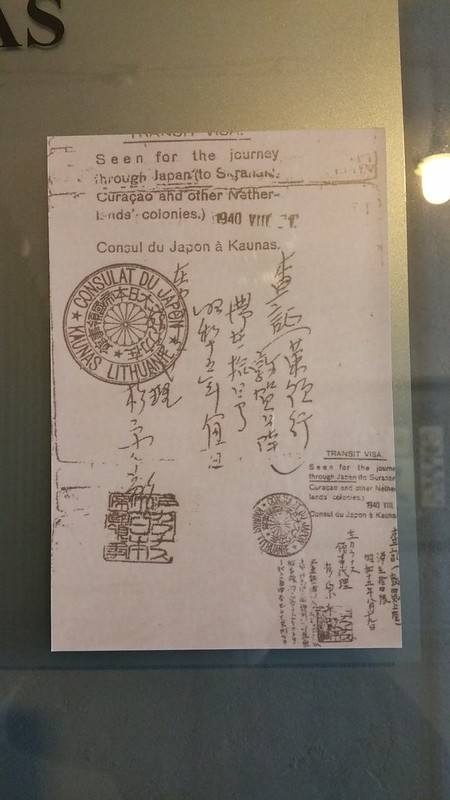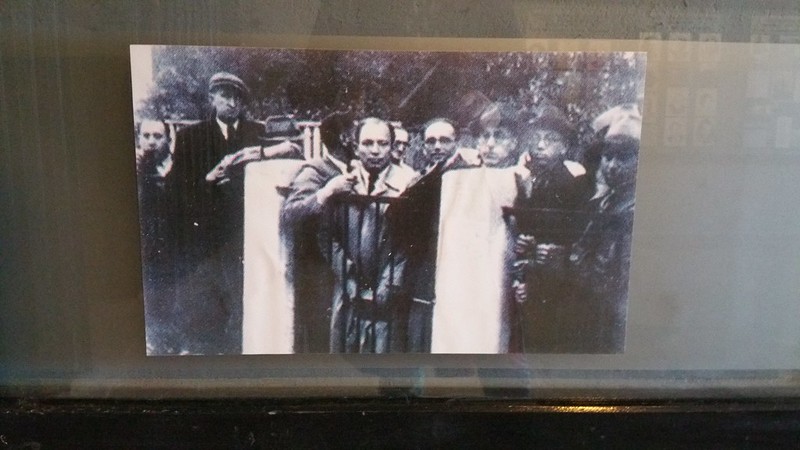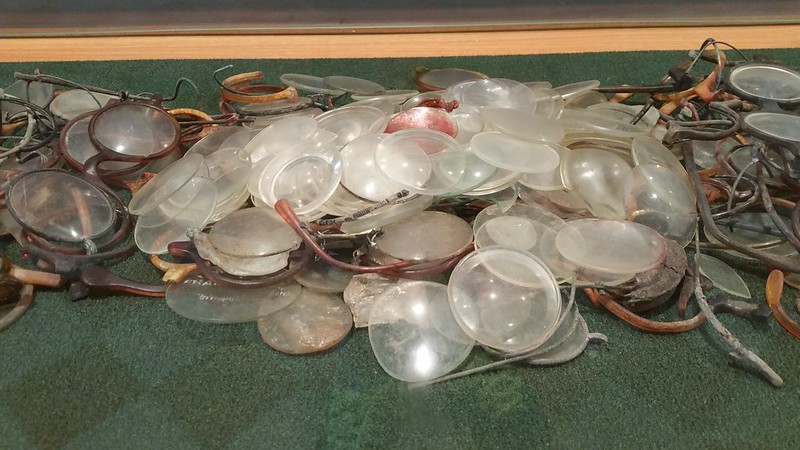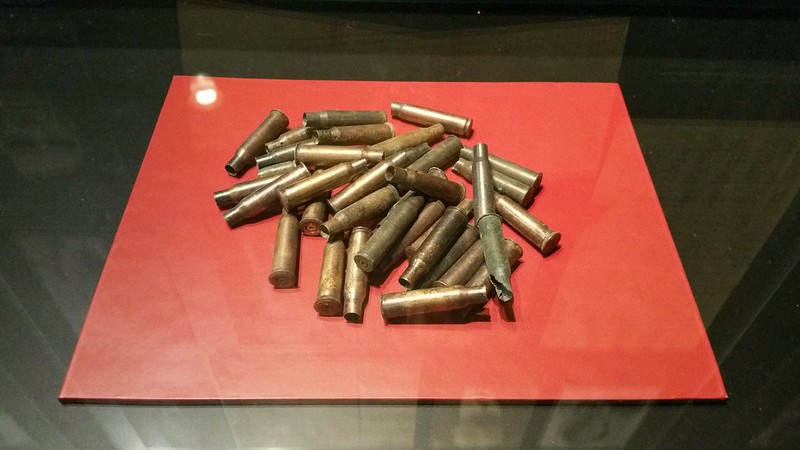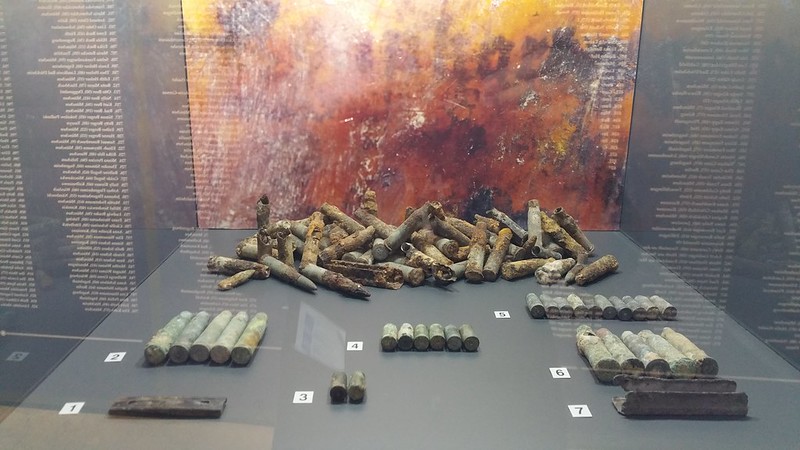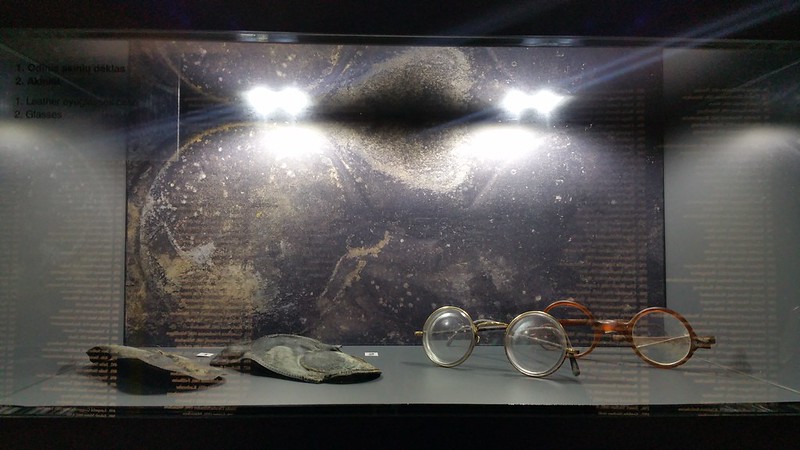1. KVASS / GIRA
Fermented Black Ryebread Cocktail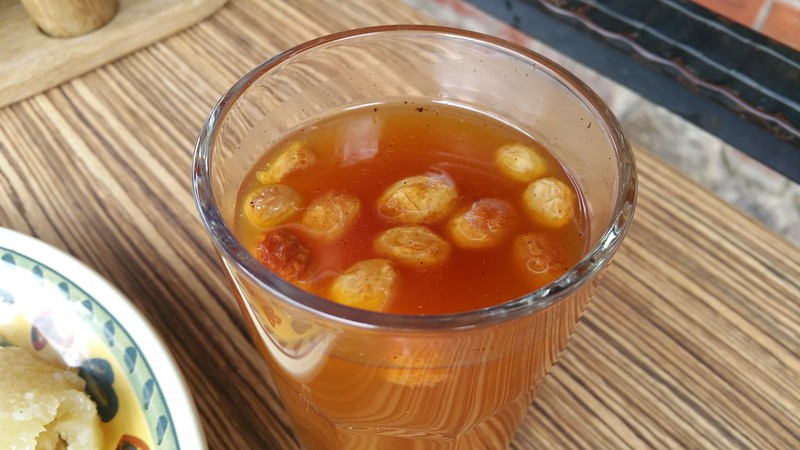
Gira/Kvass from Forto Dvaras (Kaunas Old Town, Lithuania)
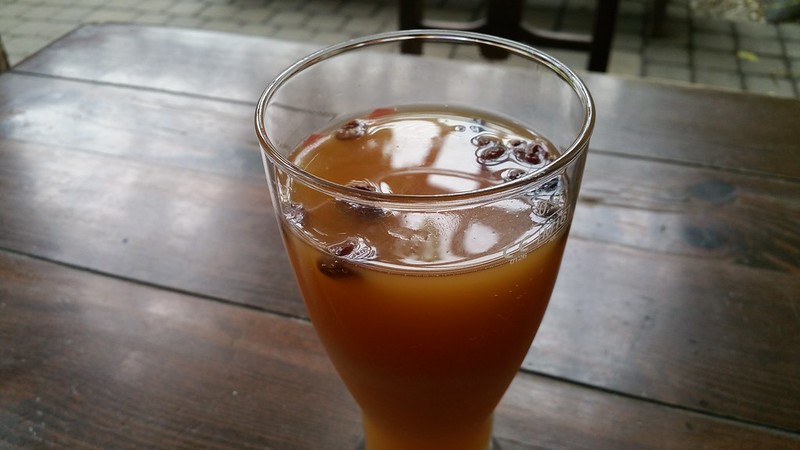
Gira/Kvass from Zalias Ratas (Kaunas, Lithuania)
You may be wondering why would you drink this fermented non-alcoholic drink when you could drink a fermented alcoholic drink (BEER?) but the simple answer is that: it is super delicious. Like liquid bread candy. Like summery caramel raisin juice. As strangely and inexplicably addictive as Club Mate.
I had become really excited to try the Kvass after watching Life of Boris aka KVASSMAN demonstrate how to make it and all I can say is that... its indeed probably the best drink you can get in Lithuania and Latvia.
In the case of Latvia, if you are travelling in Riga... IT IS EVEN WORTH GOING TO RIGA AIRPORT 2 HOURS EARLY TO LEISURELY DRINK MORE KVASS AT THE LIDO. (There are Lidos all over Riga but having reached the airport means you can actually sit back in the Lido (the "Wetherspoons" of Latvia) and relax with your Kvass.
2. PELMENI
Tiny Slavic Ravioli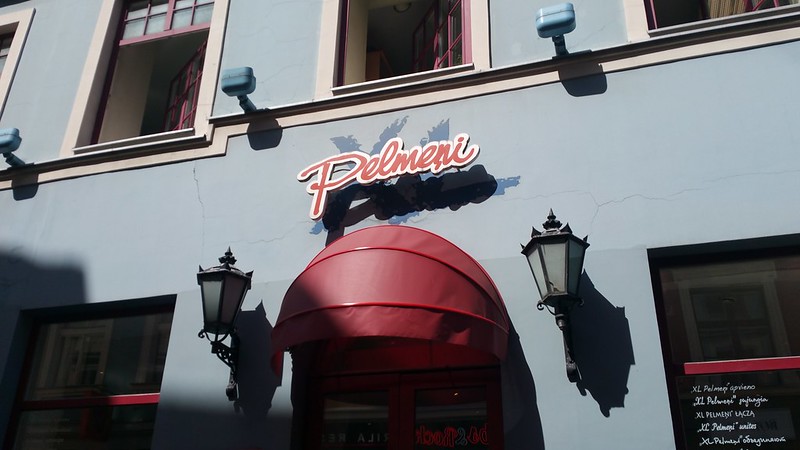
XL Pelmeni in the morning
"What food is still available at this hour?" I asked a waitress at 11pm in Riga. She said, "well at this house there is only the McDonalds, Kebabs, or.... Pelmeni?" - with the Pelmeni being the only true 'local' option. So at almost midnight in Riga, I found myself at XL PELMENI, a curious buffet style fast food dumpling house with tacky plastic cave wall features, easy wipe-clean tables bolted to the floor, and an interesting mix of clientele. From families with young children, to young men wolfing down huge mountains of cheese dumplings, middle aged couples eating dumplings along with a bottle of wine, and old men nursing their beers alone in the corner with a tiny dill covered salad. Its young staff loitered around bored and uneasy, wearing generic hats and aprons.
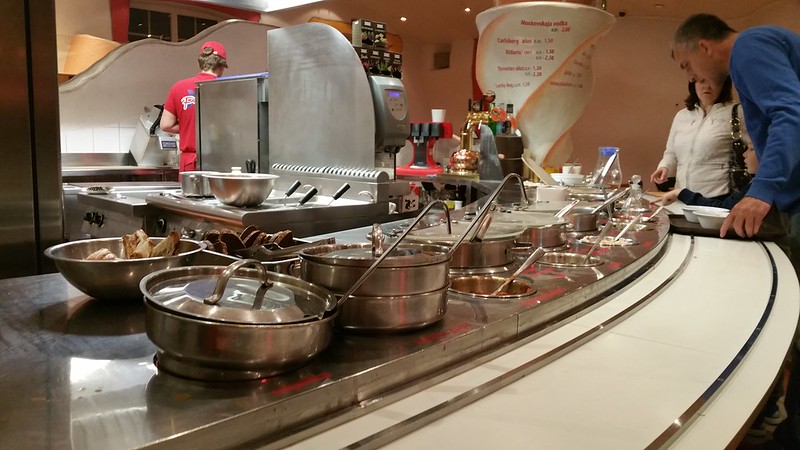
I was very confused as nothing was in English, but it appears that you simply pick up a series of tiny bowls on plastic trays and fill up your bowls with what looks like tiny white geometric tchotchkes, filled with rather delicious mystery meats (there were labels, but I couldn't read them).
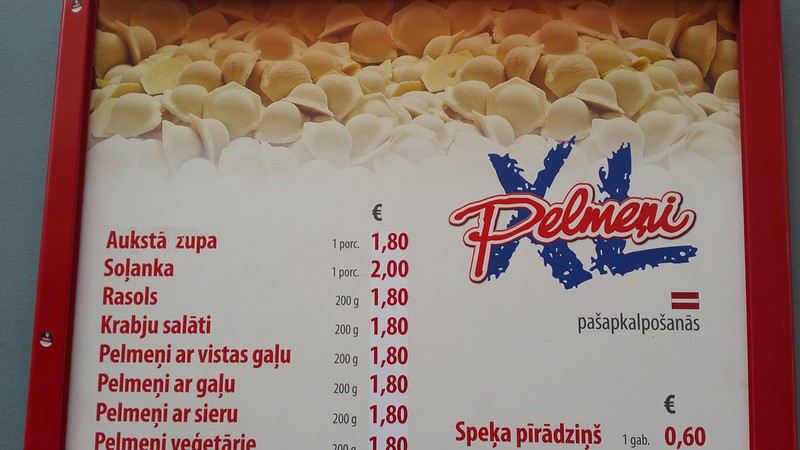
The Pelmeni is basically a very tiny ravoli made with a thin skin of white unleavened dough, very similar to the wonton or jiaozi or gyoza or mandu or pierogi or varenyky depending on where you're from. Garnish with white creamy substance (sour cream? kefir? yoghurt? mayonez??? help what is going on?) and let the dill rain from heaven. Unfortunately I did not take a picture of the pelmeni but you can see some of them in the top of this menu... that's what it looks like inside the pot!
3. ZEPPELIN / CEPELINAI
Lithuanian Potato Meat Blimp Sailing straight into your Mouth
Named after the zeppelin airships, this is actually nothing like its floating namesake, and more like a dense bullet of pure plastinated potato. Sometimes served with a side of magic fat gravy. They mash the potato, then boil it into this ultra dense format with a thick layer of potato covering a delicious meat filling.
On a side note, in some strange ways it is reminiscent of the format of the traditional Hokchew (Foochow Chinese) ball if you replaced fish and flour with POTATO.
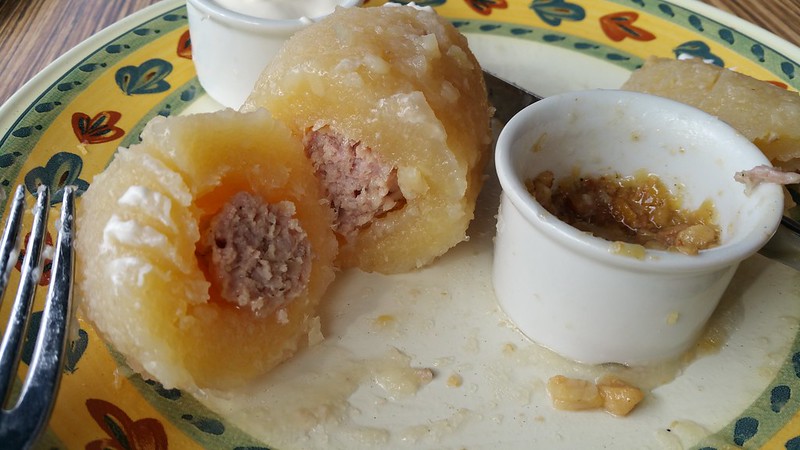
If they give you an option to have a half portion, restrain yourself and order the half portion because they are basically SOLID POTATO BLIMPS and the average human adult can only realstically consume one of these zeppelins at a time. (For your reference a "debbieportion" is actually 1/2 OF AVERAGE LITHUANIAN ZEPPELIN)
4. GREY PEAS WITH SPECK / PELĒKIE ZIRŅI AR SPEĶI
Most Latvian Food according to random young Latvian boy at Lido"What is your most Latvian food???" I asked the young server at the Lido.
He pointed to a mountain of peas. "Peas are very Latvian."
So here is an unfeasibly huge plate of Grey Peas that I ate at a Lido in Riga Old Town.
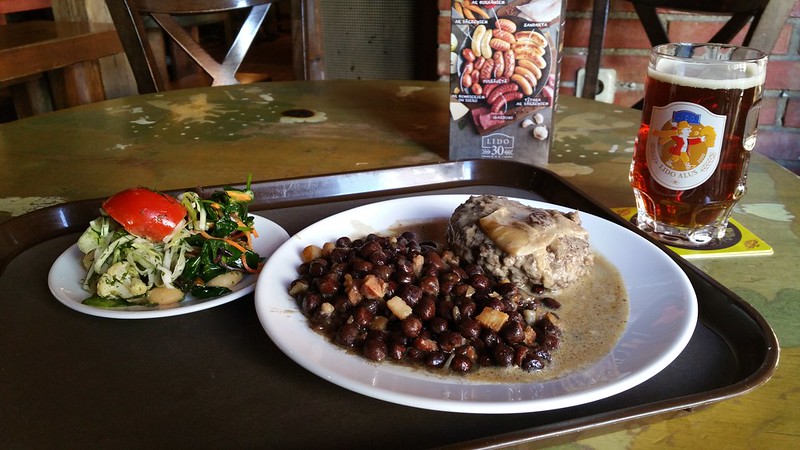
They're not very grey actually.
BONUS: "Food from the Nobleman's Table"
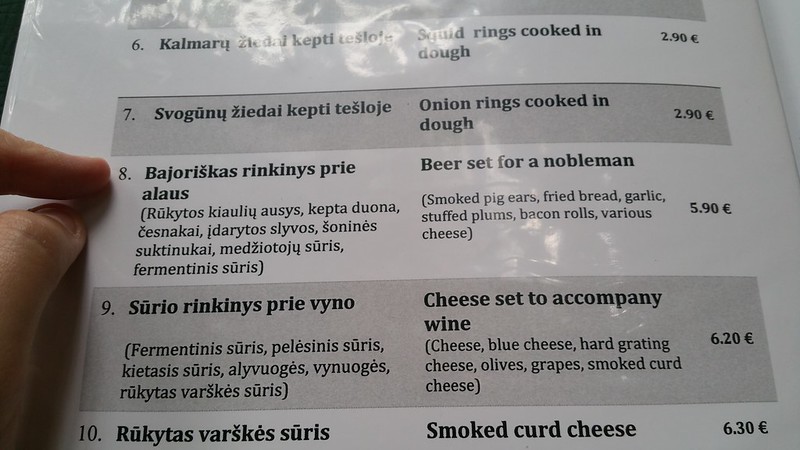
Menu at Zalias Ratas (Kaunas, Lithuania)
Often in the menus you will see the mention of "food from the peasant's table" vs "food from the nobleman's table"
All the potato-based foods I have listed above are typically classed as 'peasant food', although today there's hardly any real distinction between the two. For the most part, eating out (and eating well) in Lithuania seems exceedingly affordable.
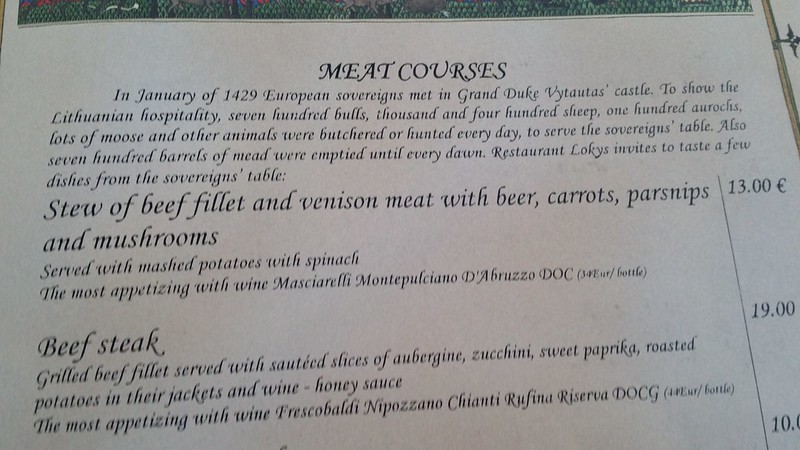
Menu at Restaurant Lokys (Vilnius, Lithuania)
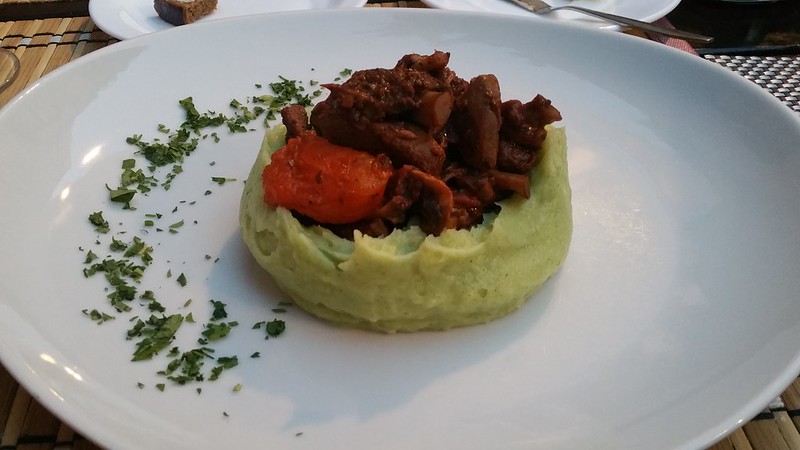
In Vilnius, I decided to go to one of these "Nobleman's Restaurant" to try Beaver Stew. Apparently beaver was historically quite commonly eaten by noblemen who went hunting; more than a hundred thousand beavers live in the Lithuanian forest and Lithuania and Latvia are probably the two countries in the world with the biggest numbers of Eurasian Beavers. (FYI: Beavers are actually completely vegetarian and their big teeth are only used to eat twigs and bark)
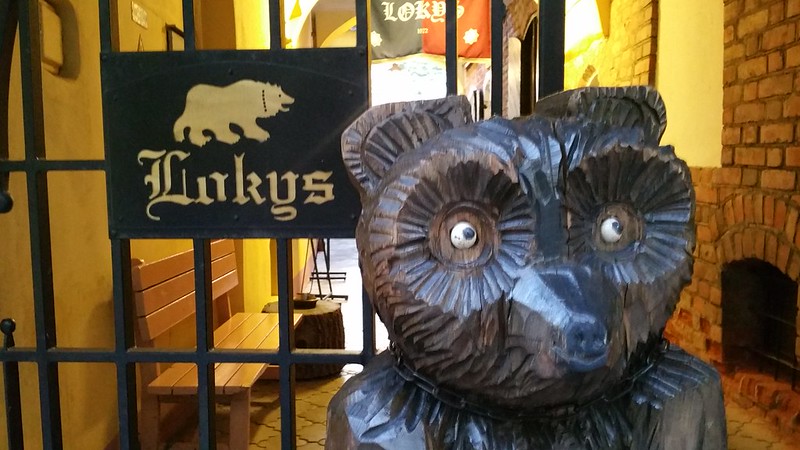
Lokys means "bear" so there are huge wooden bears everywhere in Restaurant Lokys. In case one cannot travel all the way to Lithuania to eat Lithuanian Beaver Stew but still wishes to cook a Beaver (assuming one has already caught a beaver???) here is a recipe for Beaver that I found in the Kaunas Town Hall:

